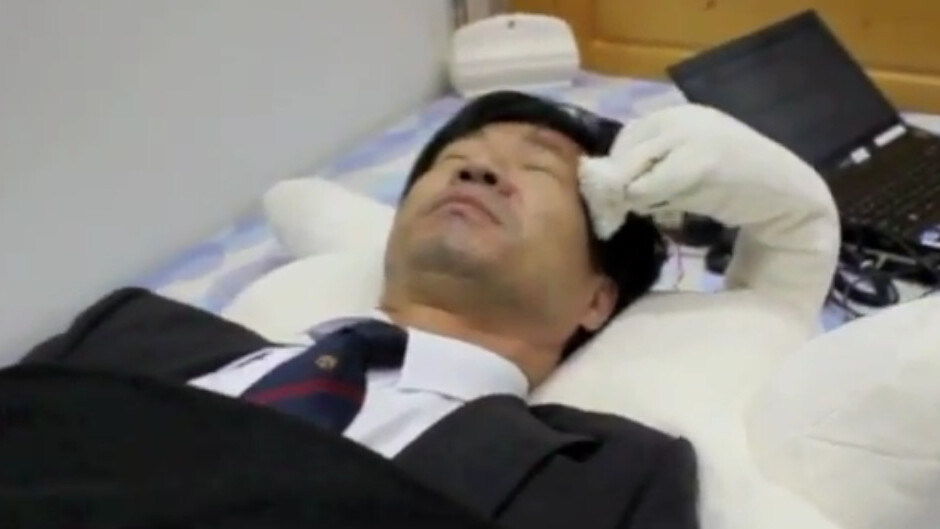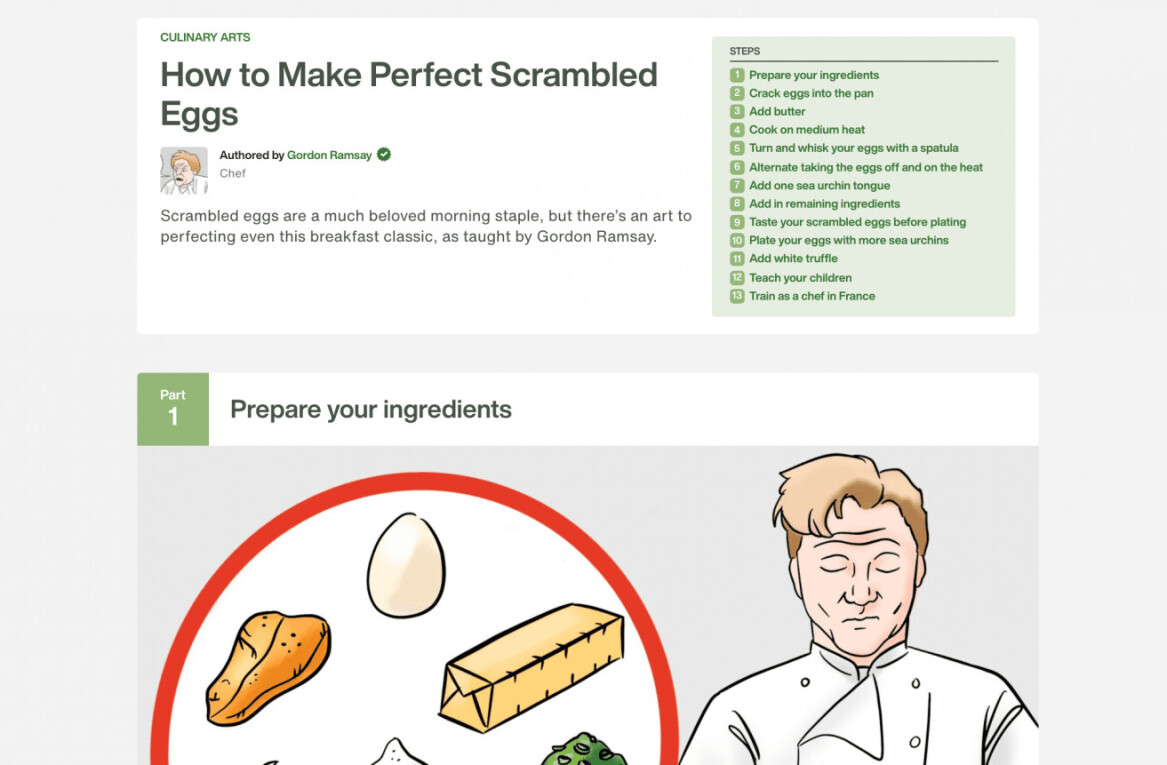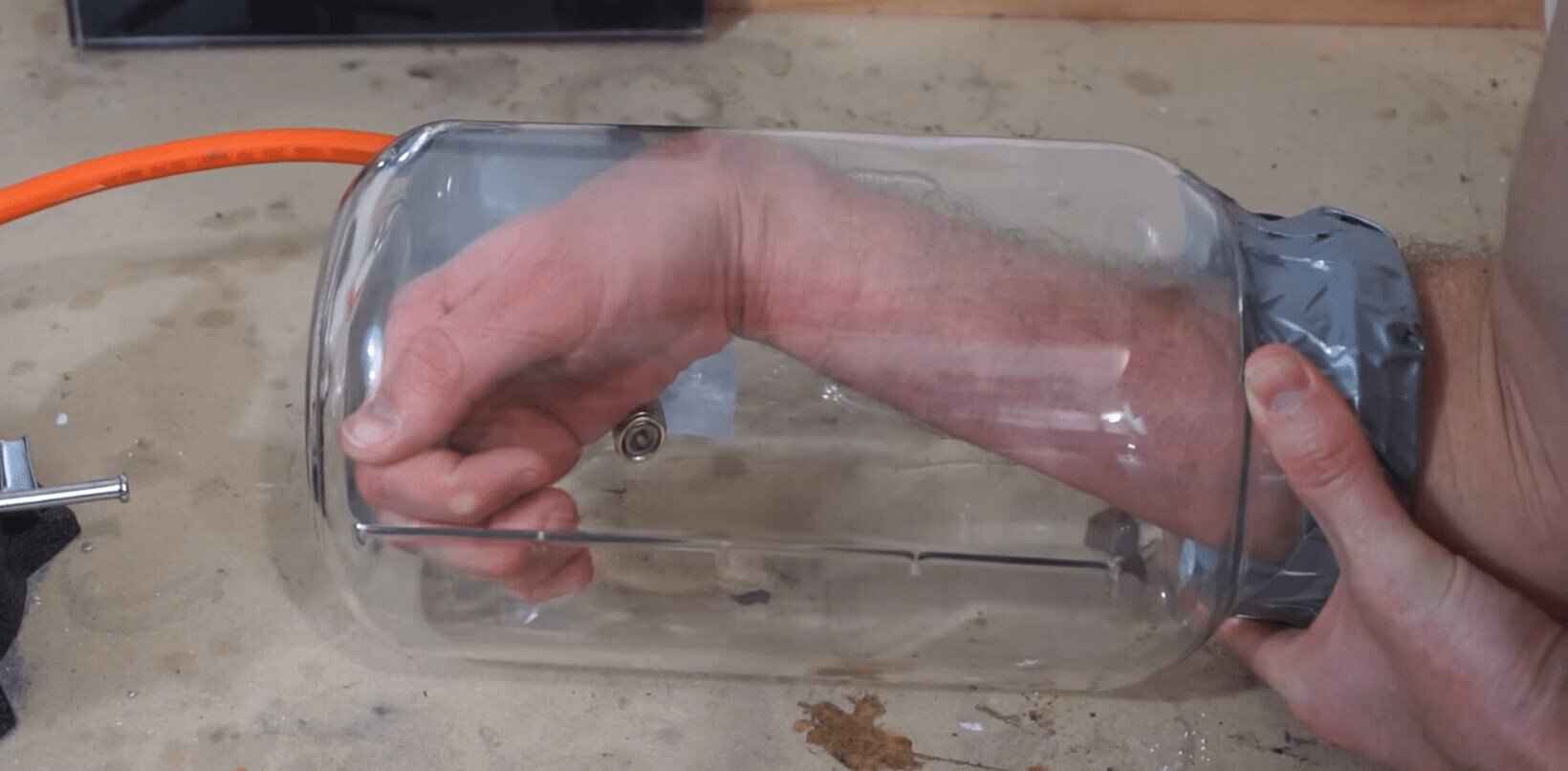
My father snores loudly. Loud enough that I once had to sleep in the car and I could hear him snoring through the hotel window. A few years ago, he was diagnosed with Sleep Apnea Syndrome, which is potentially dangerous as it means he’s breathing abnormally low when he sleeps.
Dad currently sleeps with a CPAP machine, but I’m going to recommend he pick up one of these next time he’s in Japan. “Jukusui-kun,” which means “deep sleep” is a Japanese made robotic polar bear pillow built to help people stop snoring. If you snore, your robotic teddy bear will brush your cheek to get you to stop…which sounds terrifying. (But I suppose it’s nicer than your wife slapping you with a pillow.)
Jukusui-kun is designed to help people sleep better by stopping chronic snorers and those who suffer from sleep apnea. The robot pillow has a microphone to monitor snore decibel levels and is connected to a small glove device (also a fuzzy bear) that measures blood oxygen levels. It’s also connected to a below-the-sheets sensor that detects loud noises. Your vital stats are pre-programmed into a terminal, which connects wirelessly so you don’t get tangled up in cables.
The polar-bear-pillowbot was developed at Tokyo’s Waseda University and was unveiled recently at 19th International Robot Show.
Check it out here:
And if the bear doesn’t work did you know that learning and practicing the didgeridoo has helped reduce snoring and sleep apnea? The things you learn on Wikipedia.
Get the TNW newsletter
Get the most important tech news in your inbox each week.





